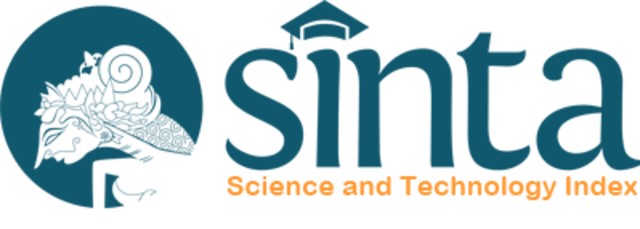Usaha Tani dan Tataniaga Kumis Kucing di Kampung Ciwaluh dan Kampung Lengkong, Kabupaten Bogor
Keywords:
cat’s whisker, marketing, marketing channel
Abstract
Farmer of cat's whisker medicinal plant is unable to rely on cultivation of this plant as main income. The study aims to understand the problems in the marketing of cat’s whiskers from plantations in Ciwaluh Village and Lengkong Village to the last marketing chain. The research methodology used is descriptive questionnaire, cost analysis of farming and marketing chain approach. The result of farm cost analysis per 1.000 m2 shows that farmers in Lengkong Village in the first year have not gained profit. The farmers receive it in the second to fifth year of Rp294.000 for fresh leaves and Rp774.000 for dried leaves.. While farmers Ciwaluh Village in the first year has been benefitedof Rp399,000 if it sells the dried leaves. In the 2nd to 5th year the farmers receive a profit of Rp294.000 for sales of fresh leaves and Rp1.494.000 for dried leaves. Based on the marketing chain margin approach shows that price differences at producer and consumer level are similar. Its worth 50.36% in Ciwaluh Village and 58.36% in Lengkong Village. The profit margin of farmers is about 80%, the highest among thesesupply chain agents. The analysis shows that marketing channels are efficient but not beneficial to farmers, they have no power in determining the selling price and there is no market option. For that there must be assistance to cat’s whiskers farmers to improve marketing.Downloads
Published
2018-04-09
How to Cite
SitorusF., SuryaniA., & SuharjoB. (2018). Usaha Tani dan Tataniaga Kumis Kucing di Kampung Ciwaluh dan Kampung Lengkong, Kabupaten Bogor. MANAJEMEN IKM: Jurnal Manajemen Pengembangan Industri Kecil Menengah, 13(1), 10-18. https://doi.org/10.29244/mikm.13.1.10-18
Section
Vol. 13 No. 1















